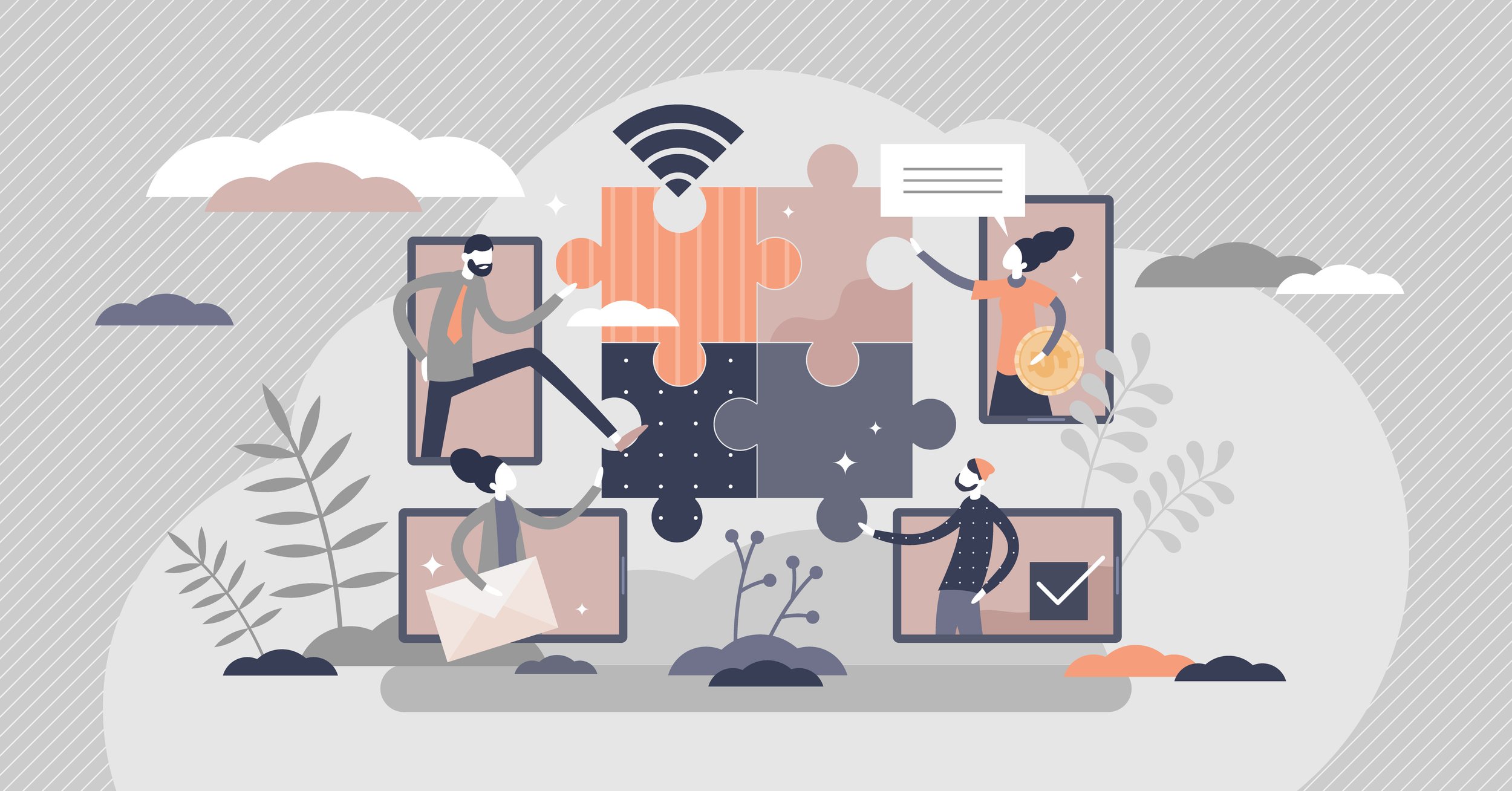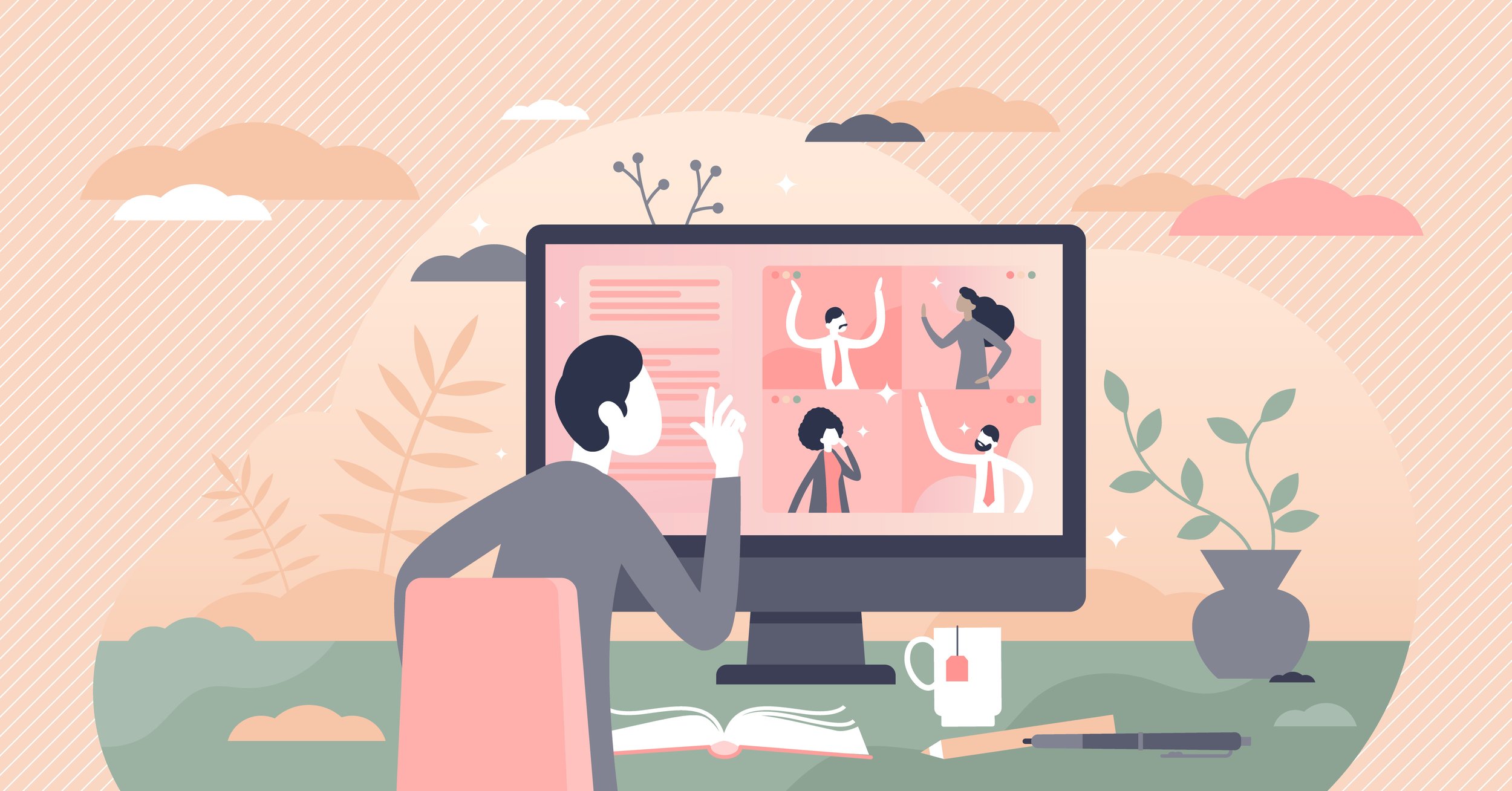Stop waiting for the post-pandemic office
No-one knows what the post-pandemic workplace is going to be like, but that fact hasn’t stemmed the flood of predictions, opinions and pronouncements on the subject.
Will it be back to full capacity, as some CEOs have declared, or populated by just 30% of the workforce on any given day, as many others insist? Will it occupy the same buildings as before or - eventually - space a fraction of that size, while people mostly work remotely, from home, hire-by-the-hour workspaces, coffee shops or satellite offices? What will the workplace be for, now that it has been established that many ‘office’ jobs can be done more productively away from the workplace and hardly anyone relishes a return to commuting?
After months of research and in the middle of a back-to-the -office client project, it’s clear to us that there is no single definitive answer to the question of how the post-COVID workspace is going to shake out. Because no-one knows. Working to address this issue has reminded us that there is no data about the future, because it hasn’t yet happened. We can take a guess, a punt and say “We believe, this is the future of the office”, and probably be about as right as the people that said we’d be back to normal by July 2020; this is not a time for bullish certainties. We could, alternatively, join the “things will resume more or less exactly as before” school of thought, which might have held water if the disruption had lasted for a few short months, but fails to acknowledge how far people’s feelings and attitudes to work have evolved after being locked out of the office for over a year.
We believe the more honest approach is to say “we don’t know - yet” and proceed accordingly.
For us, this has meant developing a whole new way of approaching the office, one that’s built on a decade of experience in consulting, conceiving, designing, building and understanding contemporary workspaces, whilst also acknowledging that we’re now in a different place altogether. We’ve decided to address the current uncertainly with an process that is experimental, provisional and innovatory, treating the work environment like a software project that evolves in relation to the emerging needs of the people who use it, making it responsive and reprogrammable to accommodate different styles of working.
There are two core threads that run through this new approach. One is an emphasis on collaborative work. A lot of people who work in offices have been able to accomplish their individual taskwork remotely - some more productively. It’s the things that people need to do together that have suffered, like creative teamwork, project kick-offs, strategy workshops, social interaction and on-the-fly mentoring. So our post-pandemic solutions lean heavily towards enabling collaboration. The other core thread is technology, specifically the tools to enable remote interaction with teams in the workspace. If only a third of workers are in the building, the remainder are remote; guaranteeing that every team has all of its member in the workspace at the same time would require Soviet levels of central planning - and look how well that worked out. If work is hybrid, so will teams be. Workspace and technology will need to dissolve the difference between people in and out of the office.
It’s too much to ask any business to give over its entire space for an experiment, or to wager that amount of money. So we ask clients to set aside a part of their workspace that we can transform into a collaboration laboratory. Specially designed or selected partitioning, furniture, lighting, technology and materials are deployed to create an initially temporary set-up. Everything is reprogrammable by the team using it; teams rotates weekly. Each creates their own version for the specific collaborative activities they need to make happen. We observe, listen and assist in reconfiguring the space whenever the team using it needs it to change. The experiment runs for between one and three months., The outcome can’t be known in advance; the point is to learn as much as we can - and apply it.
To get down to basics; what’s in it for the client? For starters, they’ll come out of the project with a dedicated collaboration space that’s bespoke to the way their people want and need to work together in a hybrid world. Stimulating, fun and productive, it will act as a powerful antidote to isolation and virtuality, a much-needed professional and emotional restoration.
But that’s just one part of the value proposition. Our bigger, broader purpose is to use the outputs from this phase as the basis for a comprehensive workplace strategy and design vision, a working document the business can use to direct the evolution of the office, with or without our ongoing involvement (we’d prefer it was the former, naturally). That initial spatial experiment can act as the model for a number of such spaces across the company; most workers we have spoken to lament the lack of places for effective collaborative work in their pre-pandemic workplaces. And beyond that, scaling up the solution, the experimental space and the learnings it produces can be the template for a wholesale transformation of company offices, rolled out across a country, a continent or the world.
Twelve or more months of isolation and screen-based interaction have taken their toll on workers’ energy, motivation, enjoyment of work and, for some, their mental health. Companies, to state the obvious, have also been impacted - but not only in obvious ways. We’ve observed a number of what we call lockdown deficits; imperceptible impacts on the business, the commercial consequences of which will only emerge over time. Individual taskwork has been maintained, for the most part, while working from home was the only option. But it turns out that moving the business forward - strategising, innovating, planning, envisioning - relies on in-person collaboration and interaction. The effort to keep things going - itself a significant achievement - has only been able to achieve so much, to maintain the status quo.
Because of this, doing nothing or picking up where the workplace left off are not viable options. Repairing, restoration and reenergising are required, for both the workplace and the people working in it. The need to reconcile this with an unpredictable future has led us down the experimental route; building reprogrammable collaborative space that works from day one, and acts as an iterative learning environment. We call it the Beta Office. When work is constantly evolving, as it is right now, we think it’s the way forward.


